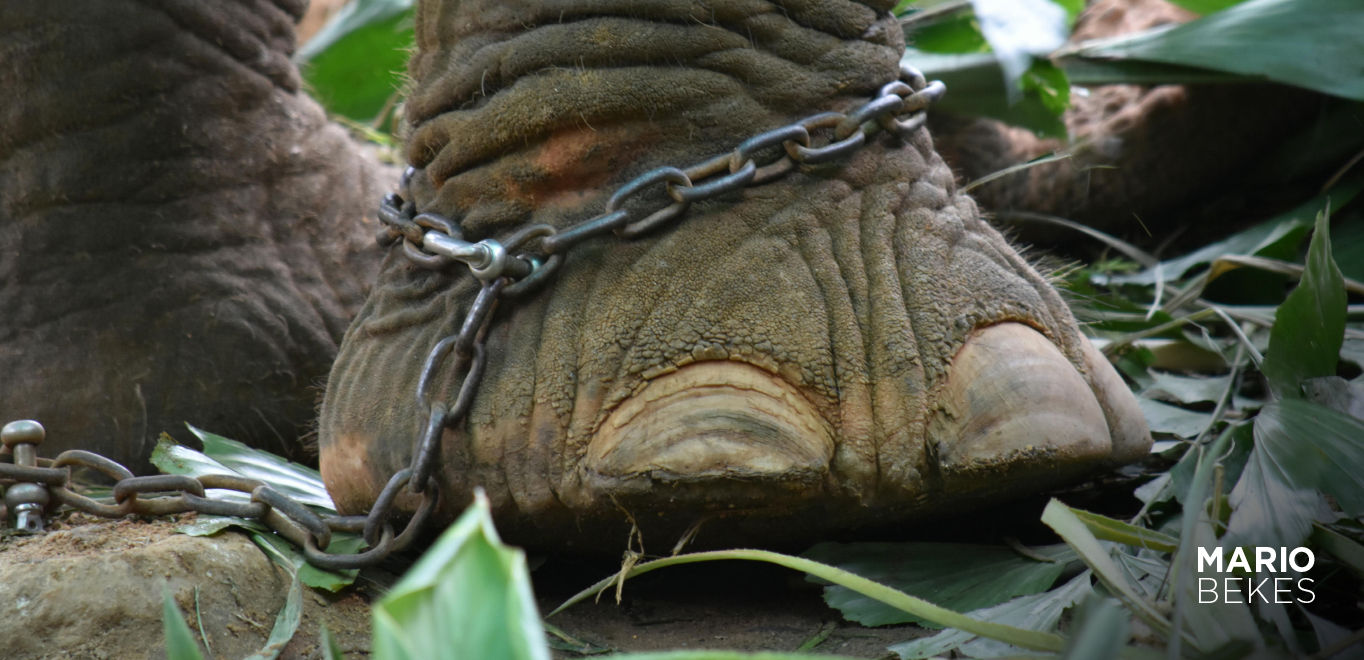If you do not forget, you will never die !
As a child, I recall “people militia” or, as we call it today, “police” coming to someone’s door and politely apprehending people and taking them into custody; most of those taken into custody were returned in white sheets and left in front of the door; that is police, I recall.
However, there were several types of police that would conduct surveillance throughout the night, notably between 10 p.m. and 6 a.m.
You may wonder why between 10 p.m. and 6 a.m.?
Because of the time zones, the “Voice of America” radio station will broadcast the voice of freedom, and people will secretly listen.
If you see a meat truck, you know they will put you in the back and drive you around all day and night on hooks, and you will most likely end up in prison, a special prison for traitors, spies, 5th columnists known as Quislings, and others.
That being stated, let’s delve deep into a political system comparable to the one in which I grew up and worked, where I believed that all we did was for the greater benefit.
East Germany – STASI political prisons; if you don’t forget, you never die!
Hohenshonhausen
The former Stasi prison Hohenshonhausen is situated in the heart of an East Berlin residential neighbourhood.
It is surrounded by high-rise concrete houses and apartments, so look for it.
However, between the end of World War II and the fall of the Berlin Wall, hundreds of people were incarcerated at Hohenshonhausen prison.
Following the Russians, it was taken over by East Germany’s secret police, the Stasi.
In 1951, the East German Ministry of State Security selected Berlin-Hohenshonhausen’s Soviet subterranean jail as the chief remand facility.
In the 1950s, the communist regime held nearly 11,000 detainees at this place.
Prisoners
Those jailed include the leaders of the June 17, 1953 insurrection, as well as Jehovah’s Witnesses.
However, long before the Berlin Wall fell, the Ministry of State Security (MfS) captured SED party opponents in the West and brought them to Hohenshonhausen jail.
Reformist communists, fallen politicians, and even a disgraced former member of the SED Politburo endured months in tomb-like cells.
The neighbouring “X” labor camp, in the background, had over 200 cells and interrogation rooms until it was obliged to build a new jail facility in the late 1950s. Until 1989, this U-shaped edifice served as the Ministry of State Security’s major prison center.
Prisoners were primarily imprisoned here after filing petitions to depart the GDR or attempting liberation following the erection of the Berlin Wall on August 13, 1961.
This facility can house around 200 convicts.
In addition to the remand facility at its headquarters in Berlin-Lichtenberg, the Ministry of State Security (MfS) operated prisons in each of the GDR’s fifteen local government districts.
Psychological techniques for interrogating
Physical force, which was widely used in the 1950s to break down prisoner resistance, was later replaced by more refined psychological interrogation tactics.
The detainees were given the sense that they were entirely at the mercy of the all-powerful state officials, and they were never told where they were being held.
The captives were kept in strict isolation from one another and hermetically sealed from the outside world. Trained experts questioned the captives for months, attempting to elicit confessions.
Berlin-Hohenshonhausen guards and Stasi interrogators.
I’d start by asking questions that I’m personally attempting to discover answers to.
Who managed the detention, monitoring, and punishment of prisoners at Berlin-Hohenschönhausen?
What motivated and supported her for decades in the state security sector?
Stasi officers were constantly exposed to extreme human misery, which may have made them to feel sympathy, empathy, or even solidarity with the captives.
Doubt about oneself, internal criticism, or even denial are obvious answers.
The term “enemy” was purposefully unclear in order to criminalize, if required, any person who did not conform to the system and was branded a “enemy person”.
Demands for basic civil rights such as freedom of expression, freedom of the press, freedom of assembly, and freedom of travel were viewed by the SED and Stasi as PID (“political-ideological diversion”), i.e. because all ideological attacks would be allegedly directed against the GDR from the outside and directly at the GDR’s socialist consciousness.
According to the MfS definition, the word PID, coined in 1958, refers to “the hostile method of dismantling the party, in order to eliminate its leading role in the construction of socialism, in order to soften the GDR and the entire socialist camp.”
Any criticism of the GDR’s social system, which the SED believed could only be inspired or controlled by the West, particularly through television and radio, had to be “preemptively prevented”.
In addition to those who disagree, there have been people who wanted to leave the country and refugees from the republic as “class enemies” since the wall was built in 1961.
Since we’re talking about the post-World War II era, how could it be that Stasi officials, some of whom had previously worked in National Socialist concentration camps, treated the captives with a harsh and nasty demeanor?
Approximately 11,000 people were incarcerated at Berlin-Hohenshonhausen’s primary remand facility throughout its nearly 40-year existence.
The Stasi often launched investigations against these detainees under specific provisions of the GDR’s political criminal code.
Almost every well-known political prisoner in the GDR was kept at this secret site.
Apart from the prison, officers from other departments were in charge of the detention center’s security and execution activities.
The two services of the MfS Main Department of the X would present an obedient prisoner whose frequently blackmailed or faked confession was used to justify harsh punishment.
They also provided uniformed guards who were expected to search convicts upon arrival, place them in their cells, monitor them closely, and transport them for questioning.
In addition to administering the Berlin-Hohenshonhausen remand prison, the two service units were in charge of prison administrations and remand departments in each of the 15 MfS district administrations, each with its own remand prison.
Erich Milke, Minister of State Security, exercised direct supervision over both services. During the Hohenschönhausen complex’s existence, the number of personnel in the Berlin-Hohenschönhausen service units increased, as did the overall MfS.
Remand personnel were primarily hired from pro-system families beginning in the late 1960s, when one or both parents worked for the Stasi, the National People’s Army (NVA), or other armed forces.
Employees developed unique personality traits through their upbringing in parental households, schools, mass groups such as the Free German Youth (FDJ), and the guard regiment, a military-operational component of the MfS.
These dispositions are essential building elements for the subsequent construction of training and control mechanisms, as well as MfS incentive structures.
These included, among other things, a strong sense of friend or foe, a dislike of the class adversary, allegiance to the GDR state, collectivism, and the belief that socialism is superior.
Beliefs and ideology
According to the State Security Service, secret service operatives’ performance was not only determined by familial and social circumstances.
The generally binding ideology, in particular, had a significant impact on workers’ day-to-day tasks, justifying their actions as necessary and proper.
They felt an internal duty to the “organ” and their state, and they were glad and gratified to be on the “front line” of protecting the socialist social order against the “enemy”.
The Stasi’s operations, like the SED’s overall control, were based on power claims that the organization’s leadership deemed both politically acceptable and intellectually legitimate.
The Stasi, as the “shield and sword” of the party, had to withstand these attacks while also defending the SED-established and controlled system.
The ideological enemy was always a major focus of the specialized courses, which were offered once a month during the year of party training and at the Stasi Faculty of Law. This was due to the Stasi’s literal survival in the GDR, as well as its constant close contact with the adversary.
Sanctions and the Hierarchy
Finally, the MfS used a range of disciplinary tactics, as well as privileges and incentive mechanisms (material, non-material, and career incentives), to either positively or negatively reinforce intrinsic motivation.
Officer discipline was mostly preventive, thanks to the Stasi’s system of strict commands and monitoring, military formations, a punishing environment, and peer pressure.
Former Stasi personnel’s tolerant demeanor is due to their fear of criminal prosecution or disciplinary action.
The aim, according to one investigator’s findings, was to “make sure the party can work in peace.”
Individuals who laughed and dismissed this tactic—which, of course, I did not believe in—would have caused military problems: disobedience to directives.
The political purpose of defending the socialist social order from the “enemy” motivated the headquarters’ operations, with strict adherence to the command structure and hierarchy following in second.
It was a former Soviet special camp – It was a banned location.
At the time, one part of the prison was off bounds.
Political captives were tortured, humiliated, and held without charge. They carried it out extremely cleverly. One could argue that they had influence over life.
Hohenschenhausen was a Soviet penitentiary known as “Special Camp 3” after WWII, housing nearly 20,000 detainees until October 1946.
Following its collapse, the special camp became the official penitentiary for the Soviet secret police.
In 1951, the Ministry of State Security took over the facility.
A second U-shaped structure was built next to the other in 1961.
Life in Prison
Karl-Heinz Richter was one of the witnesses who narrated the story.
Following his high school graduation in 1964, he decided to depart the GDR with his friends.
They found a position from where they could board the night train heading west. He assisted twelve companions in fleeing, and when he attempted to cross the border on his own, border authorities discovered him.
He bolted, leaping over a seven-meter-high wall.
Dragging himself home, he fractured his bones. When the Stasi rang the doorbell a week later, he was arrested.
He was initially refused treatment, but Erich Milke personally granted the order.
The prisoner was only allowed to visit Charite after spending several months in jail, where he underwent fifteen surgeries.
Urine-treated wounds
Richter informs the old prison wing’s basement that his first eight weeks of incarceration were not pleasant.
He applied urine to the wounds.
When Richter was freed from prison, many people suspected him of being an informant.
However, his father never lost faith in him.
Isolation, a dimly lit dungeon
Richter stated, “I was full of hate and I was young.” It was difficult to make the dark arrest.
Many inmates have gone insane in these quarters. “Your time is being squandered. You nod off and wake up, but it’s unclear whether it’s been five minutes or an hour. “You have a problem after that.”
The breakdown of the SED Party rule and the dismantling of the State Security Service were postponed until after the peaceful revolution in fall 1989.
On October 3, 1990, the German Democratic Republic became the Federal Republic of Germany, and the Berlin-Hohenschönhausen remand prison was officially closed.









